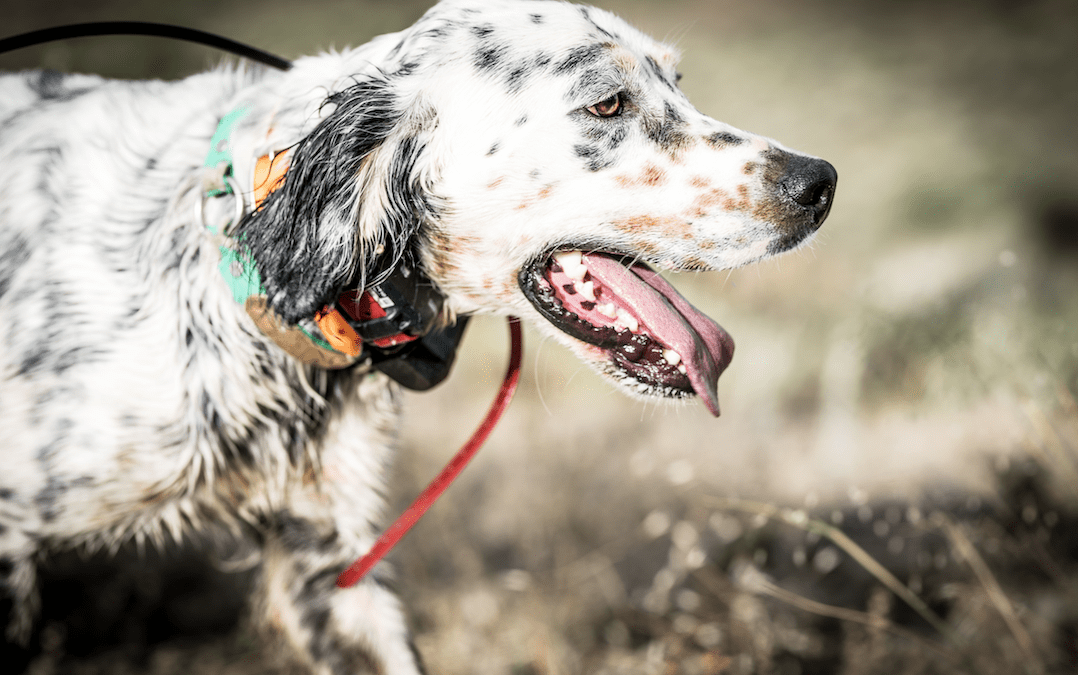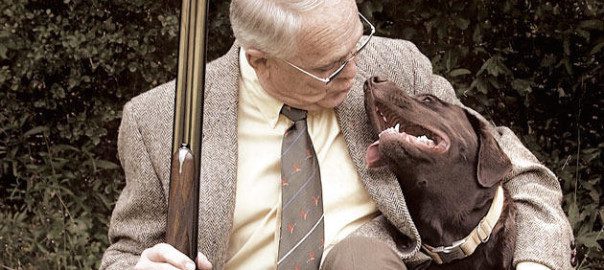Paying extra careful attention to hydrating your dog in warm temperatures is important. Use these tips to help him keep his cool this season.
SPONSORED CONTENT
For some of the year, bird season openers along with field trials and hunt tests are accompanied by warm temperatures and high humidity. Those conditions require extra attention to make sure your dog doesn’t suffer from dehydration or heat stroke. Here’s how to keep your dogs safe.
Russ Kelley, the science lead for Service, Working and Sporting Dog Research at Eukanuba’s Pet Health and Nutrition Center (PHNC), says “a dog’s body is approximately over two-thirds water. Water is needed for the body to function and thrive. Maintaining proper hydration at all times is important not just to the dog’s specific workout but to his entire health as well.
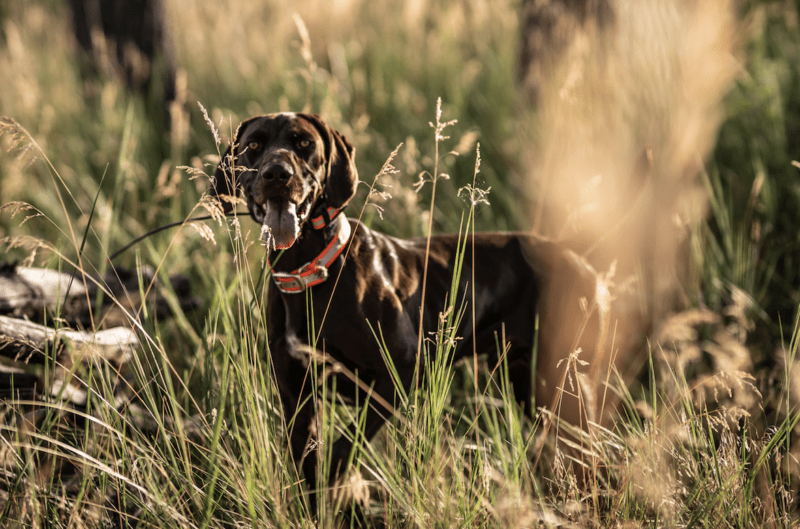
“Suggestive evidence indicates a dog’s hydration status influences their body’s thermo-regulation. Greater or lesser physical performance comes from a dog’s hydration levels. Warm or hot weather combined with moderate to heavy workloads, higher elevations, and increased humidity can increase the risk of dehydration. Performance levels can drop significantly, but so can the dog’s overall health. Our bird dogs and versatile dogs routinely work in these higher-risk conditions which makes it important for handlers to understand the symptoms of dehydration.”
While Kelley advises to look at air temperatures, he also recommends studying humidity. “Humidity and its impact on a dog’s temperature are often overlooked,” he said. “Dogs primarily regulate their internal body temperature through panting, the exchange of warm internal air for the cooler atmospheric air. Humidity becomes an issue for it elevates outside temperatures to a range that is close to a dog’s internal temperature. Hot dogs intaking hot air don’t cool off very quickly. To cool off your dog, take a break, find some shade, swim him in cool water. If you’re in a dry prairie, turn on the air conditioner in your truck and when it’s cool climb in for a rest.
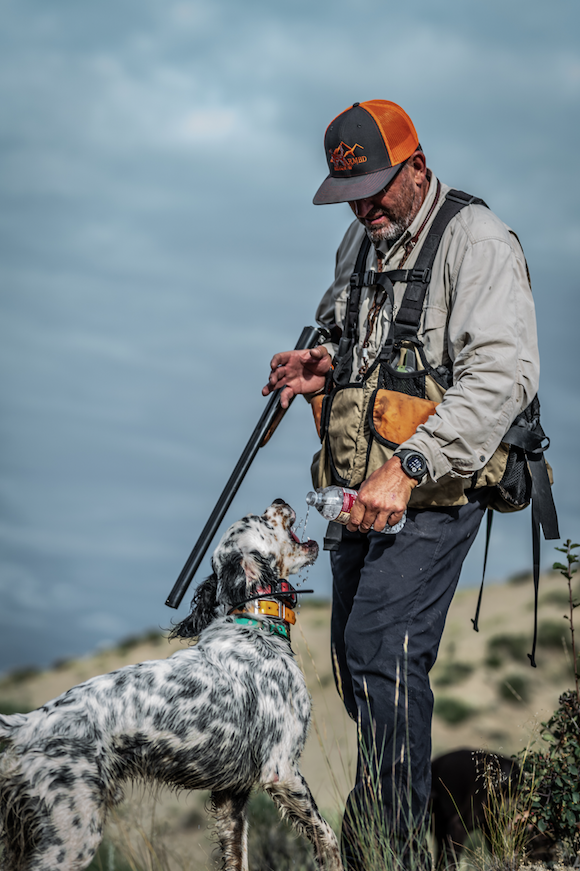 “Dogs perspire, but not nearly to the degree that humans do. Humans perspire through their skin, and their skin represents a significant surface area. Dogs perspire only through their paw pads, and those paws represent a much smaller surface area. Perspiration is reduced if a dog’s pads are hard and calloused. Applying rubbing alcohol to his paw pads cools him down as does swabbing off his underbelly.”
“Dogs perspire, but not nearly to the degree that humans do. Humans perspire through their skin, and their skin represents a significant surface area. Dogs perspire only through their paw pads, and those paws represent a much smaller surface area. Perspiration is reduced if a dog’s pads are hard and calloused. Applying rubbing alcohol to his paw pads cools him down as does swabbing off his underbelly.”
Ultimately, you’ll need to know if your dog is dehydrated or suffering from heat exhaustion. Here’s how Dr. Jill Cline, the Director of Eukanuba’s PHNC, recommends handlers should read their dog.
- Excessive panting. One of the first signs of heat stress is excessive panting. The easy solution is to take a break from hunting. Sit in a shady area with a cool breeze until your dog cools down. Provide ample amounts of water. When the dog is breathing normally resume the training or hunt.
- Saliva sticking to gums or teeth during panting. When thick saliva coats a dog’s tongue and gums it reduce the effectiveness of the panting. Thick saliva reduces the air that contacts with the numerous blood vessels found in a dog’s mouth. A simple fix is to carry a water bottle and periodically squirt water into the dog’s mouth to rinse away the thick saliva.
- Thick pasty saliva is an early sign of heat stress. Dogs exhibiting thick, pasty saliva are showing initial signs of heat stress. Rinse their mouth with cool water, give them some to drink, and check their temperature. If your dog is slow to recover or has a temperature over 1060F, you should call your vet. In the meantime, you may want to consider applying alcohol-soaked pads to the pinnae of the ears, in their armpits and in the groin area. The alcohol placed in those areas will help cool the surface blood immediately. Do not start working the dog until he’s
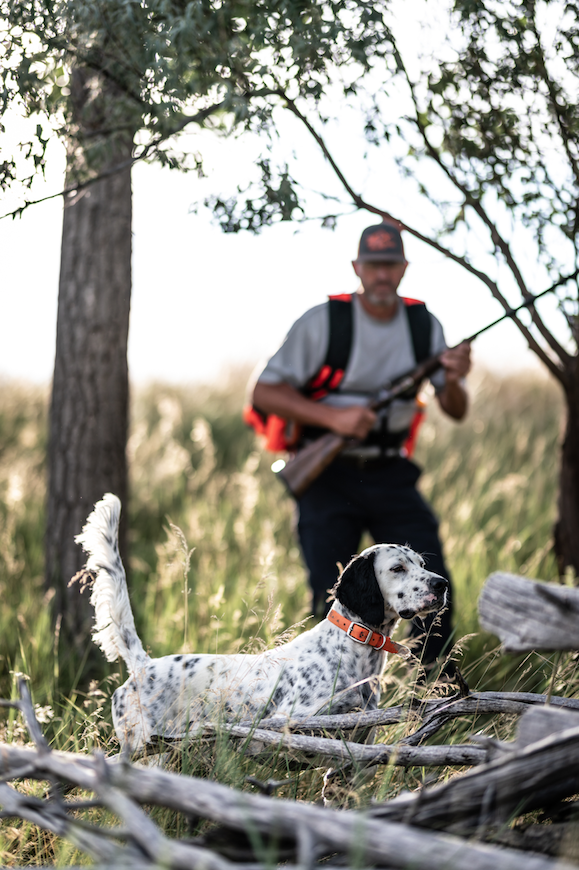 fully recovered. Even then it might be best to rest the dog until the next day.
fully recovered. Even then it might be best to rest the dog until the next day. - Attitude change. When your dog’s snappy points, vigorous flushes, and sharp retrieves become sloppy or if he’s not crisply responding to commands then he’s probably dehydrated. Find a cool spot, rinse out his mouth, water the dog, and rest. If he’s super hot, apply cool water to his paw pads and underbelly, both of which reduce core body temperature.
- Sunken eyes. Dry gums usually accompany sunken eyes. Either is an indication for a handler to get his dog immediately to the vet. Before you head to the veterinarian, place a cool, wet towel on the bottom of his kennel. Make sure he’s in a crate large enough for him to lay on his side. It’s important that the dog stretches out so there is maximum heat dissipation. Apply cool water to his paws and place alcohol-soaked pads to the pinnae of ears, armpits and groin area. If you have a fan on the cage door then turn it on. Absolutely do not put the dog in extremely cold water and never put ice on the dog’s skin. That extreme cold causes surface blood vessels to shrink and increases the dehydration and heatstroke.
- Significant slowness or lack of coordination. When normally-fast dogs run slowly or when they exhibit a lack of coordination, disorientation, or collapse, get your dog immediately to a vet. Follow the above-mentioned guidelines before you begin your drive and make every effort to get to the clinic as quickly as possible. Your dog is in danger.
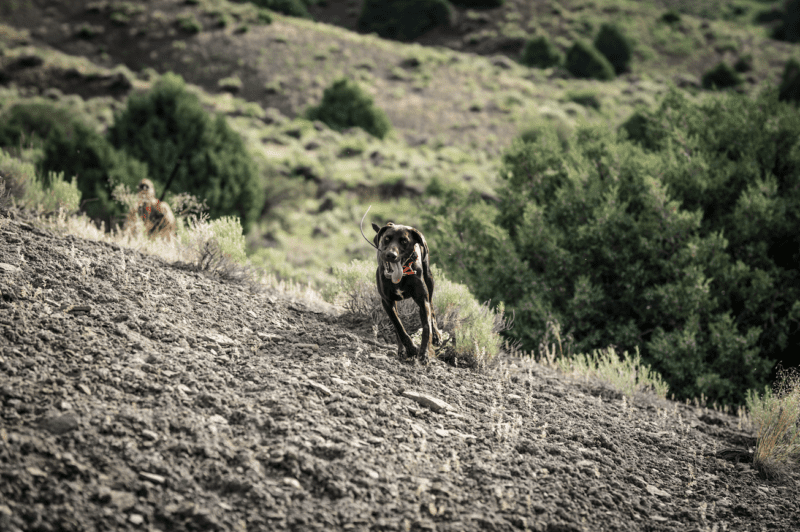
Paying extra careful attention to hydrating your dog in warm temperatures is important. Use these tips to help him keep his cool this season.

